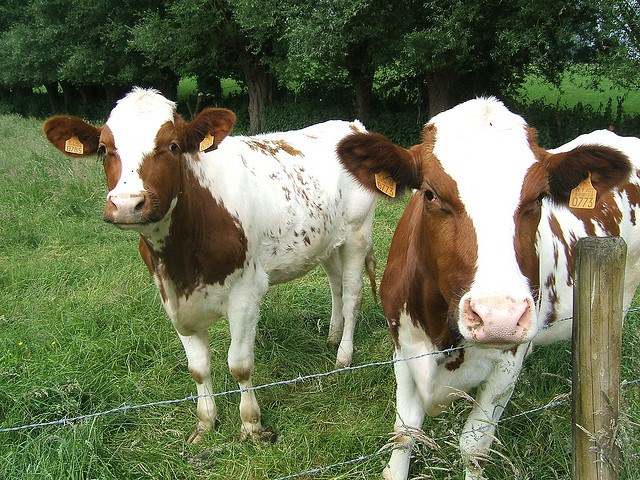The federal and provincial governments unveiled a new initiative to improve the response to livestock emergencies in the province earlier this month. The province is urging producers to register for the Premises Identification Database (PID) in order for it to be a successful initiative for everyone.
“At the outset, I’ll admit there’s no direct benefit at the moment,” said Roy White, assistant director, livestock branch. “Essentially this whole thing represents an insurance program in the case that any significant threat comes Saskatchewan’s way.”
The database records the location of farm units in the livestock industry and holds contact information to make it easier for the government to contact livestock producers in the event of a natural disaster or a disease threat. It also allows emergency resources to be sent where needed. Any type of livestock is eligible for the database, though producers taking advantage of the database mostly have cattle.
“The benefits of the Premises Identification Database are far-reaching,” Saskatchewan Agriculture Minister Lyle Stewart said in a news release. “Knowing where our province’s livestock is located allows us to be more effective in handling everything from flooding to disease outbreak.”
The move comes as part of a national traceability initiative, which has three pillars: movement reporting for livestock, traceability, and a database for premises identification.
The PID is useful in the event of flooding, contaminants, disease outbreak, and more. White said an example of when a PID would have been useful was the 2003 BSE outbreak, since it would have been important to trace back all animals that could potentially be exposed to a disease vector.
“The ability to contain the disease would be exponentially increased,” White said, and added that the border could probably have been opened a lot sooner.
Right now, registering is voluntary. Producers can go online and sign up. They put in their coordinates and get a PID number. For those not as tech-savvy, a wizard helps them through the process or they can fill out a physical form. It doesn’t cost anything to sign up and the contact information will only be used in the event of an emergency.
As of now about 1,000 cattle producers are registered, though a rough estimate of the number of cattle premises in the province is 12,000-14,000.
“We’ve got a good start,” White said.
However, Saskatchewan’s chief veterinary officer said that in order for the PID to be effective, 100 per cent of producers need to be registered.
“It’s really important we do our best to convince producers to sign on and recognize that,” he said. “There are no immediate benefits, but unless people sign on and get it fully populated, it will not be as effective as it could be as a tool … It’s all about getting this database populated … within the next couple of years. If producers won’t come onboard, it won’t be effective.”




